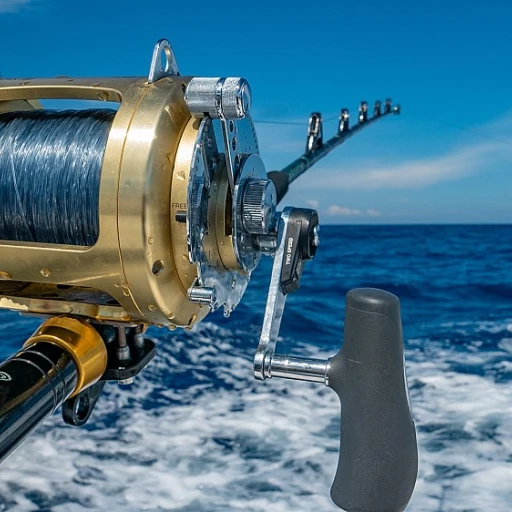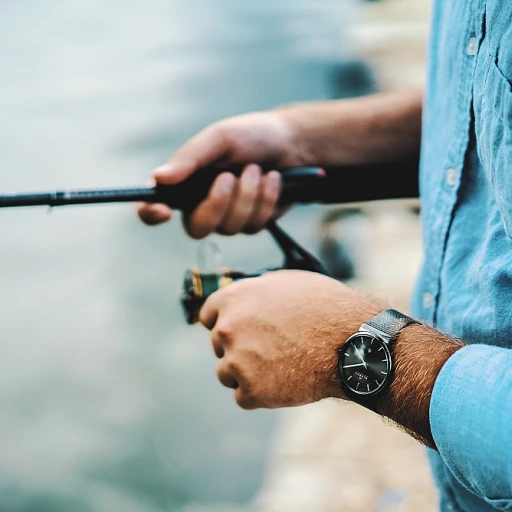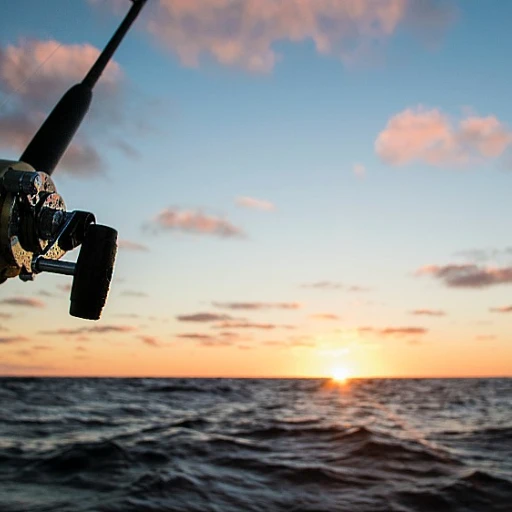
The current world record sunfish: a closer look
Breaking Down the Record
The title of the world record sunfish currently belongs to a redear sunfish caught by Thomas Farchione. On May 4, 2021, at Lake Havasu in Arizona, Farchione snagged this behemoth, which weighed an astonishing 6 pounds, 3 ounces (2.80 kg), setting a new world record for the species. This unprecedented catch has stirred the fishing community, as the previous record weighed 5 pounds, 12 ounces (2.61 kg), caught in the same lake by Hector Brito in 2014.
The Significance of the Weight
Why was Farchione's catch such a big deal? The sunfish has tipped the scales, literally, showcasing the potential size these fish can reach. It reflects years of successful conservation and fishery management efforts at Lake Havasu, creating an ideal environment for fish to thrive. The International Game Fish Association (IGFA) officially certified his sunfish, making it the benchmark against which all future record attempts will be measured.
The Reaction from the Fishing Community
Anglers and naturalists, including the Atlantic Naturalist Association, celebrated this catch. The excitement wasn't just about the weight but the intrigue about what allows the fish in Lake Havasu to grow so large. Experts have pointed to the abundance of quagga mussels as a major factor. These invasive species provide an unlimited food source for the redear sunfish, allowing them to bulk up significantly.
A Closer Look at the Record Holder
Thomas Farchione, from Waterford, Wisconsin, was just another passionate fisherman before he cemented his place in angling history. With modest bass tackle, he managed to capture a fish unlike any other. According to Farchione, "I thought I had hooked a monster bass at first. It was only when I saw the bright red ear tab that I realized it was a sunfish. It was the catch of a lifetime."
The Bigger Picture
This record not only highlights the immense potential of Lake Havasu's fishing habitats but is also a testament to the relentless passion of anglers. As fish continue to grow and surprise us, the pursuit of new records drives the advancement in fishing techniques and gear. Who knows? Maybe the next world record sunfish is just a cast away.
The giant sunfish: species and characteristics
Species and characteristics of the giant sunfish
When we hear about the world record sunfish, we immediately picture a beast from the depths. But there are various species that fit the bill, two of which stand out: the Mola mola (ocean sunfish) and the Mola alexandrini (bump head sunfish). Both belong to the Tetraodontiformes order and are recognized as some of the heaviest bony fish in the ocean.
The Mola mola can weigh up to 2,200 pounds. These giants have an odd, almost alien-like shape with their truncated bodies and tall, fin-like appendages. The Mola alexandrini, on the other hand, is even larger, with an all-time record of 5,070 pounds caught near Japan. Talk about a big catch!
Redear sunfish, another contender, is indeed a heavyweight in its own right when it comes to freshwater species. These fish, predominantly found in lakes and rivers, like the famed Lake Havasu in Arizona, can grow impressively large. The current record redear sunfish was captured by Thomas Farchione in Lake Havasu, weighing in at an astounding 6.3 pounds.
But why such a considerable difference between ocean and freshwater sunfish? The answer lies in their environment and available nutrition. Ocean sunfish like the Mola mola consume jellyfish and other nutrient-dense marine life, while redear sunfish in places like Lake Havasu thrive on a diet rich in invasive quagga mussels and snails.
Lake Havasu: the hotspot for record-breaking redear sunfish
Breaking the record: lake havasu's legendary redear sunfish
When folks talk about sunfish, few places spark more excitement than Lake Havasu. This man-made reservoir, straddling the border of California and Arizona, has earned international fame for its record-breaking sunfish, particularly the redear sunfish. Here's an inside look at what makes this lake and its giant sunfish so special.Lake havasu: a playground for anglers
Lake Havasu, constructed in 1938, sits along the Colorado River and offers prime fishing spots. It's renowned for being an ideal fishing environment due to its clean waters, mild temperatures, and strategic management practices. The lake offers not only an abundance of fish but also quality game fish, making it a favorite among anglers. According to the Arizona Game and Fish Department, the lake spans 19,300 acres, providing ample room for fish populations to thrive.The allure of the redear sunfish
Redear sunfish, often called 'shellcrackers' due to their diet of snails and mollusks, have found a paradise in Lake Havasu. These fish, recognized for their larger size compared to other sunfish species, thrive in the lake's nutrient-rich environment. The diet of quagga mussels, an invasive species, has been a key factor in their growth. These bivalves serve as the primary food source, giving redear sunfish an ample diet to reach impressive sizes. This diet is essential for those interested in how fish get pregnant, as it offers insight into their reproductive health (source). Additionally, a report from the Western Fisheries Research Center highlights the impact of the mussels on local ecosystems.Thomas farchione and his record-breaking catch
In May 2021, Thomas Farchione of Waterford, Wisconsin, etched his name into the record books by landing the biggest redear sunfish ever recorded. Weighing in at a staggering 6 pounds, 3 ounces (2.8 kg), this behemoth was caught in Lake Havasu, solidifying the lake's reputation for producing giants. Farchione's catch dominated headlines and drew attention from angling communities worldwide. You can delve deeper into the world of record holders by checking out other impressive catches, such as the largest alligator gar.Impact of invasive species and lake management
Redear sunfish in Lake Havasu have benefited enormously from the presence of quagga mussels. While quagga mussels are generally considered a nuisance, their invasion has had a silver lining for the sunfish population. By feasting on these mussels, redear sunfish grow larger, contributing to the record-setting catches. However, the Arizona Game and Fish Department continually monitors the impact of these mussels on the lake's ecosystem, working to balance the benefits to fish growth with the potential ecological threats they pose. Lake Havasu's status as a fishery hotspot goes beyond just the giant redear sunfish. It's a testament to the effective lake management, favorable conditions, and the unexpected boost from invasive species. This unique amalgamation has turned the lake into a paradise for anglers seeking the next world record sunfish.Expert insights: what makes a record-breaking sunfish
Perspectives from the pros
When it comes to chasing record sunfish, there's more to it than just luck and skill. Experts in the field, like Thomas Farchione, know a thing or two about what makes a sunfish truly stand out. Farchione, who hails from Waterford, Wisconsin, shattered the world record with his 5.78 pound behemoth redear sunfish caught at Lake Havasu.
Thomas isn’t the only expert with insights to share. According to the International Game Fish Association (IGFA), the combination of optimal fishing locations, understanding the habits of sunfish, and the use of specialized tackle and bait all play crucial roles in snagging that record-breaking catch. Specific lures and baits that mimic the diet of the redear sunfish, such as those feeding on quagga mussels, can increase your chances of success immensely.
The science behind the giants
Research shows that invasive species, like quagga mussels in Lake Havasu, have increased the availability of high-calcium food sources for redear sunfish, contributing to their extraordinary growth. This was confirmed by the Arizona Department of Fish and Game, stating that the high-protein diet provided by these mussels has resulted in bigger, heavier fish.
Naturalists like Jose Nuno Gomes-Pereira and associations such as the Atlantic Naturalist Association, indicate that the right conditions can create a perfect environment for these giants to thrive. Their studies point towards the presence of abundant food sources and favorable water temperatures as key factors.
Techniques that set records
Top anglers swear by a few techniques when pursuing record redear sunfish. Using ultralight tackle and ensuring the bait presentation is natural and enticing are among the tips frequently shared by experts. Additionally, identifying the right time of day and knowing the prime seasons for sunfish activity can make all the difference.
Renowned fisherman Hector Brito, who previously held the record with his 5.78-pound caught, emphasizes the importance of patience and perseverance in every fishing trip. “Every sunfish has its unique behavior, but understanding their feeding patterns is a game-changer,” he says.
The role of invasive species: quagga mussels and their impact
Quagga mussels: unexpected allies in breaking records
One of the unexpected twists in the saga of record-breaking sunfish has been the role of invasive species, particularly quagga mussels. Originally from the Dnieper River in Ukraine, these mussels found their way into American waterways through ballast water discharge from ships.
The quagga mussels have now infiltrated bodies of water such as Lake Havasu, known for its record-breaking redear sunfish. These bivalves, while a nuisance to many ecosystems, have ironically contributed to the sunfish growing to monstrous sizes.
Quaggas: making fish fatter
Sunfish primarily feed on small invertebrates, but the presence of quagga mussels has altered their diet massively. By feeding on the mussels, fish like the redear sunfish ingest higher amounts of calcium—a crucial element for their growth. Biologists, including José Nuno Gomes-Pereira from the International Game Fish Association (IGFA), have noted a visible increase in size for these fish over the past decade.
More to munch on
With an abundant source of food, redear sunfish at Lake Havasu grow larger and faster. It’s documented that focal areas with heavy quagga mussel infestation are where some of the largest specimens, like Thomas Farchione’s world record sunfish, have been caught (current record stands at a whopping 6 pounds, 3 ounces).
Not all rosy
However, despite the unexpected benefit for anglers, the overarching ecological impact of quagga mussels is still concerning. They clog water intake structures, outcompete native species, and alter water clarity. These alterations can have cascading effects on lake ecosystems, impacting species beyond just the redear sunfish.
Impact study
An extensive study conducted by the Department of Natural Resources in Arizona highlighted both the positive and negative effects of quagga mussel proliferation. While record-breaking fish are thrilling to the fishing community, the long-term ecological balance remains in jeopardy.
In any case, as the trend continues, fishing enthusiasts and biologists will be closely observing how the interaction between these bivalves and fish affects future records and the health of our freshwater ecosystems.
Case study: Thomas Farchione's world record redear sunfish
Thomas Farchione's landmark achievement
Thomas Farchione from Waterford, Wisconsin, forever etched his name in fishing lore on May 4, 2021. On that fateful day, his exceptional skill and patience were rewarded when he reeled in a colossal redear sunfish at Lake Havasu, Arizona. The fish weighed an astonishing 6.3 pounds. This catch shattered previous records and set a new standard for anglers around the globe.
The significance of Farchione's catch
Farchione's remarkable achievement didn't just garner personal accolades. It underscored the immense potential of Lake Havasu as the premier location for fishing enthusiasts chasing record-breaking sunfish. The lake, known for its clear waters and diverse aquatic ecosystem, has produced multiple state record catches over the years. The presence of invasive species like the quagga mussels, which Farchione's fish likely gorged on, has certainly played a part in producing these larger-than-life catches.
Quagga mussels: A double-edged sword
While quagga mussels are often deemed a nuisance due to their impact on local ecosystems and infrastructure, they inadvertently contribute to the growth of giant sunfish. They provide an ample and rich food source. The Green Sunfish and redear sunfish thrive when they feed on these mussels, leading to noticeably larger fish. Experts believe this unintentional change in the food chain is one of the leading reasons behind the increasing size of fish in the Colorado River chains, including Lake Havasu.
Recognition by the International Game Fish Association (IGFA)
The International Game Fish Association (IGFA) officially recognized Farchione's fish as the world record redear sunfish. The IGFA has long been the gold standard in verifying and maintaining world records in freshwater and saltwater fishing. Their meticulous standards ensure that only the most deserving catches receive recognition. This endorsement lends immense credibility to Farchione's catch and reaffirms Lake Havasu's status as a top destination for record-hunting anglers.
Changing the game
Farchione's world record redear sunfish has significantly impacted the fishing community, inspiring many to head out in search of their own record-breaking catches. From new techniques to better equipment, many anglers are revisiting their approaches to make the most of these promising waters. Farchione's achievement stands not just as a personal triumph but a beacon for anglers worldwide, reminding them that with the right mix of skill, patience, and a bit of luck, legendary catches lie within reach.



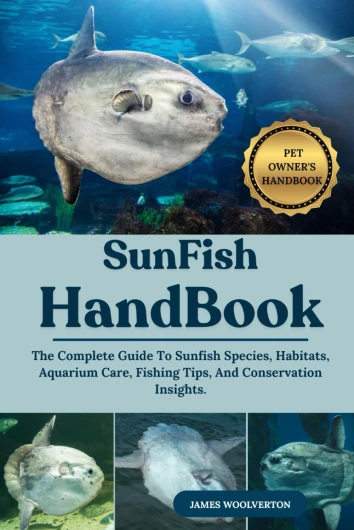





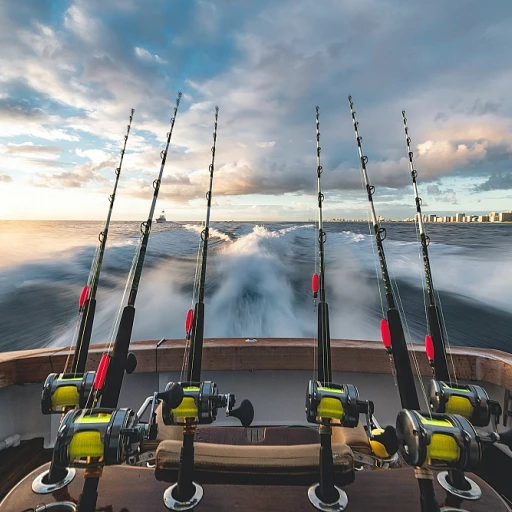
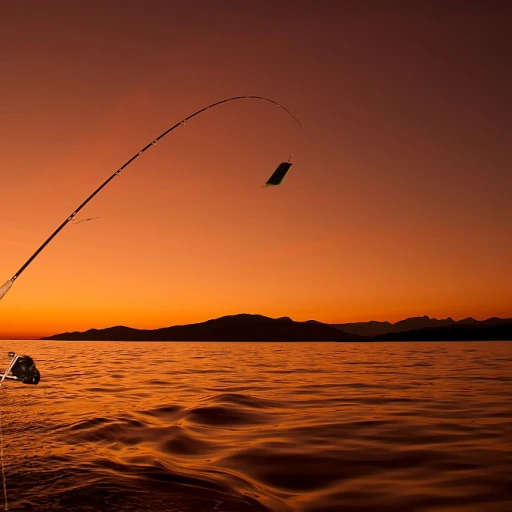

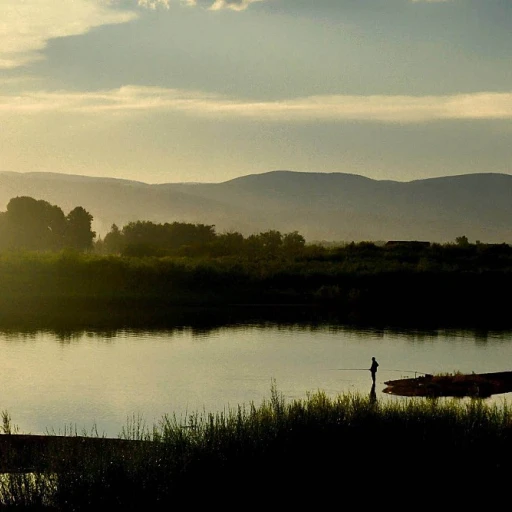
-large-teaser.webp)
